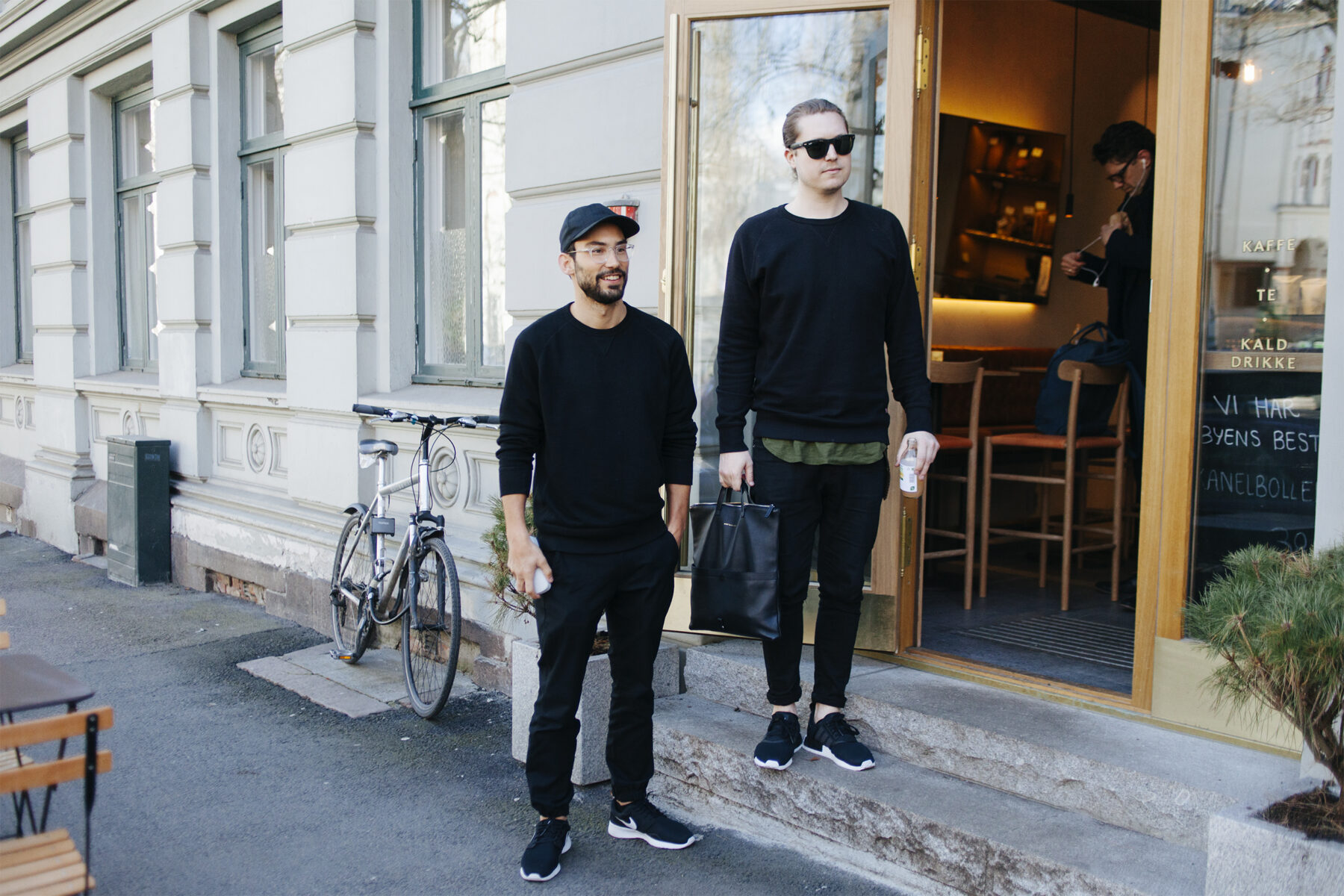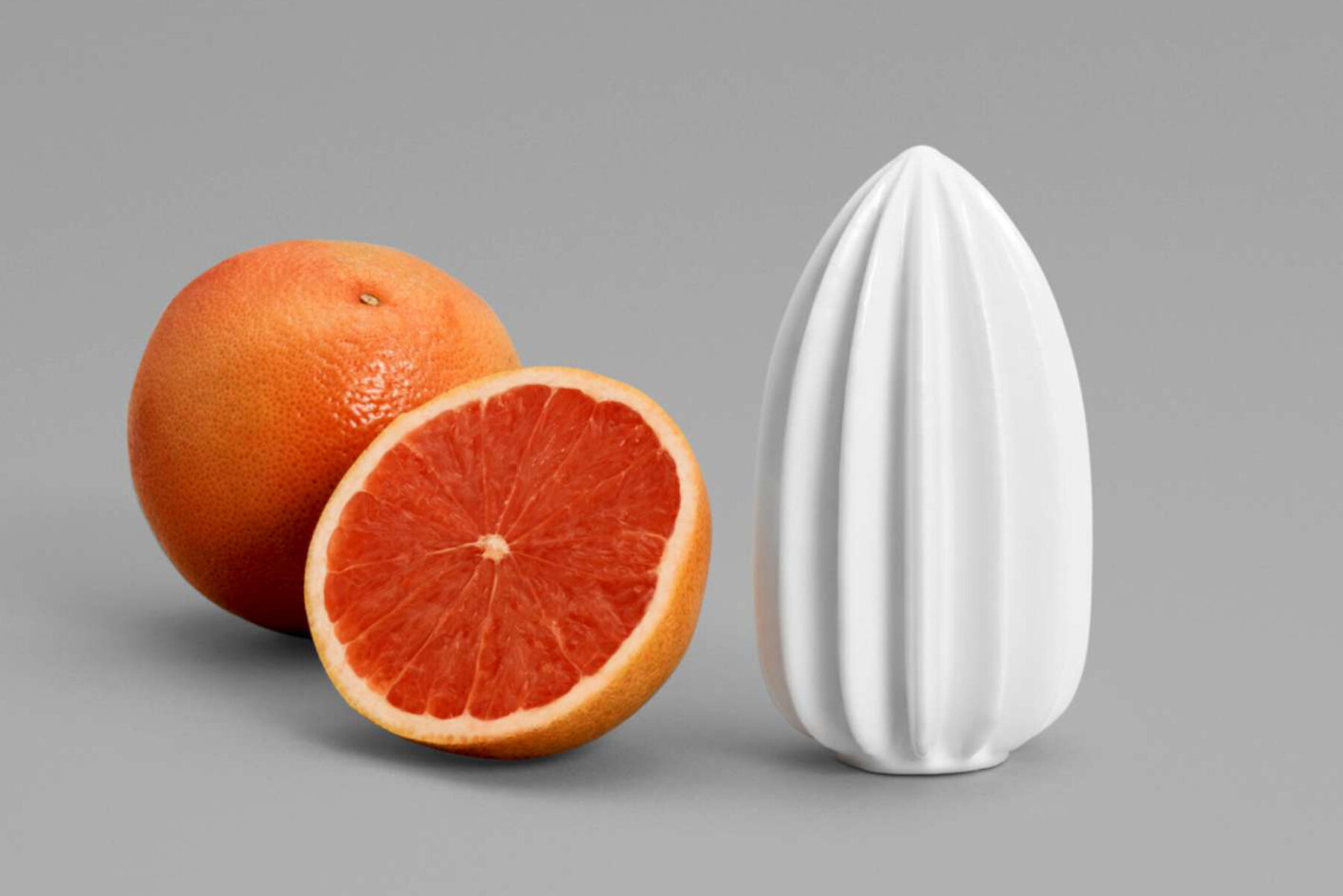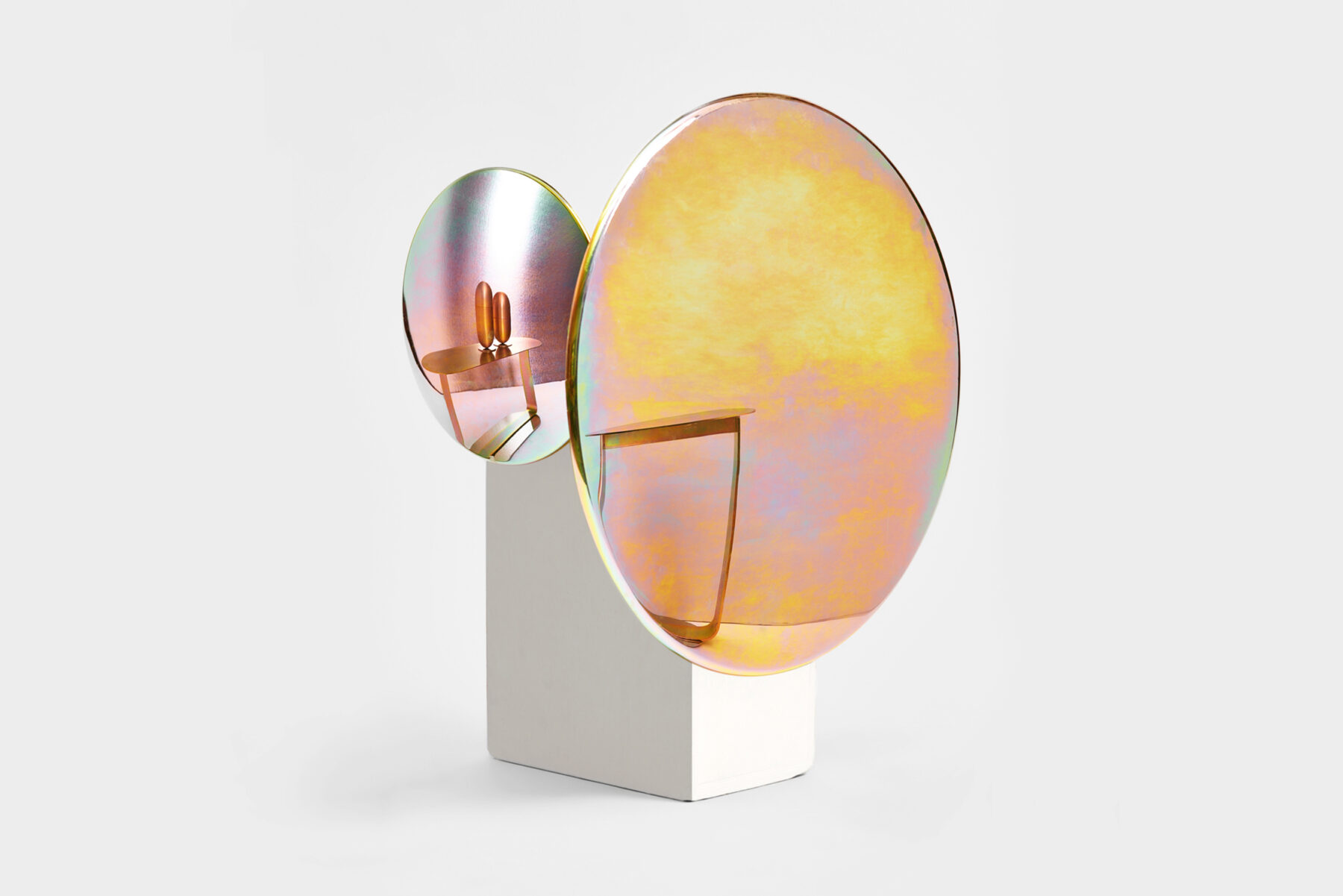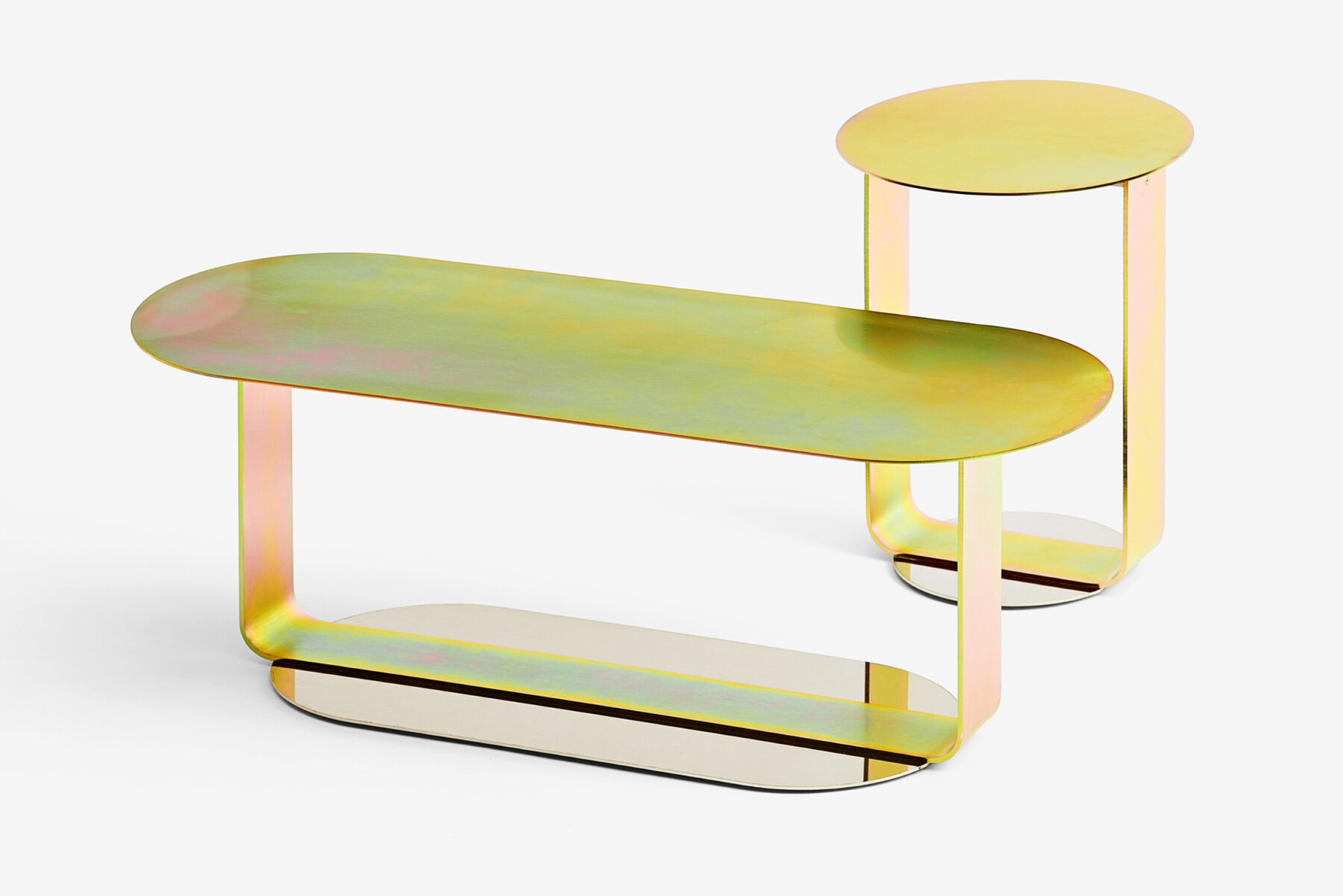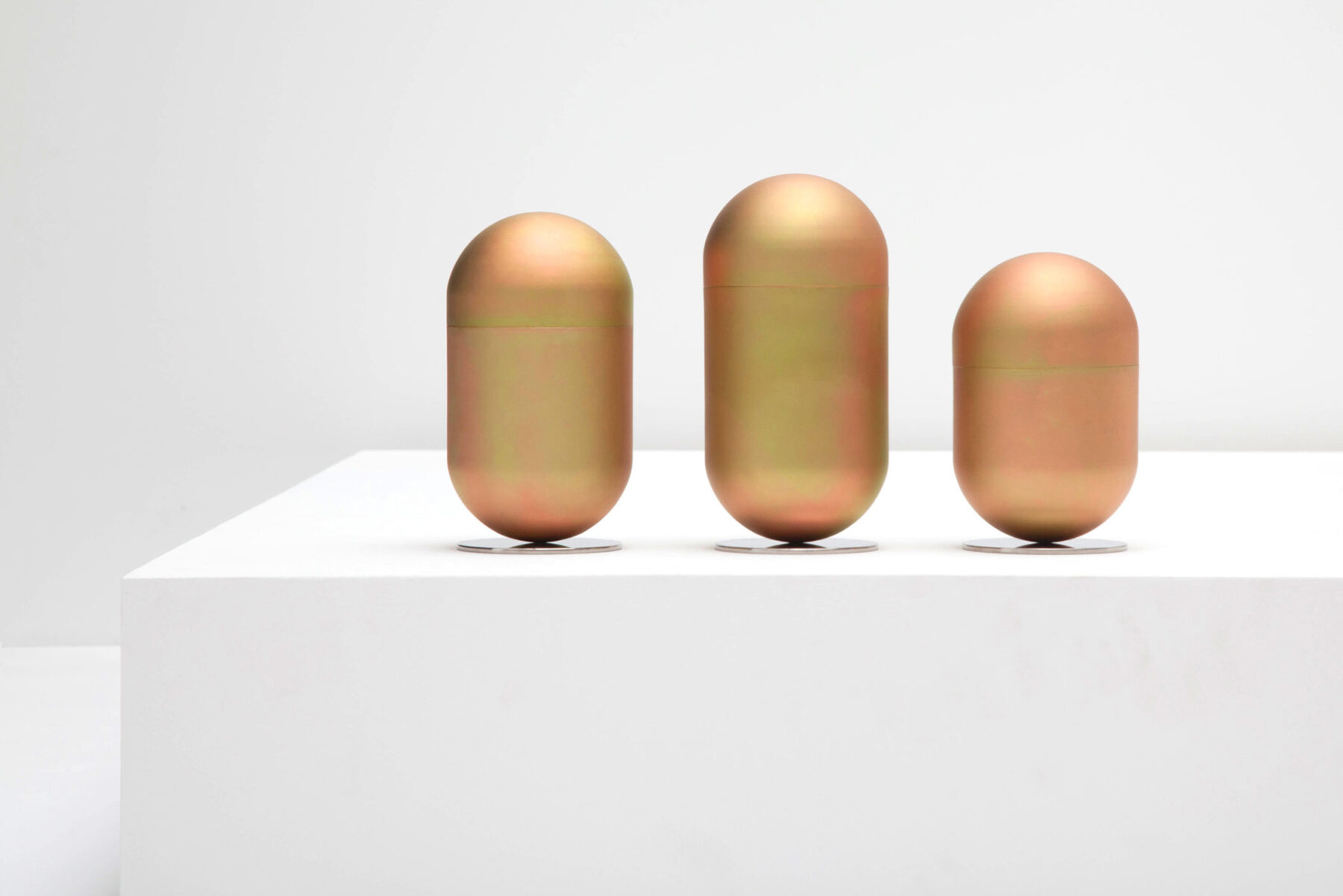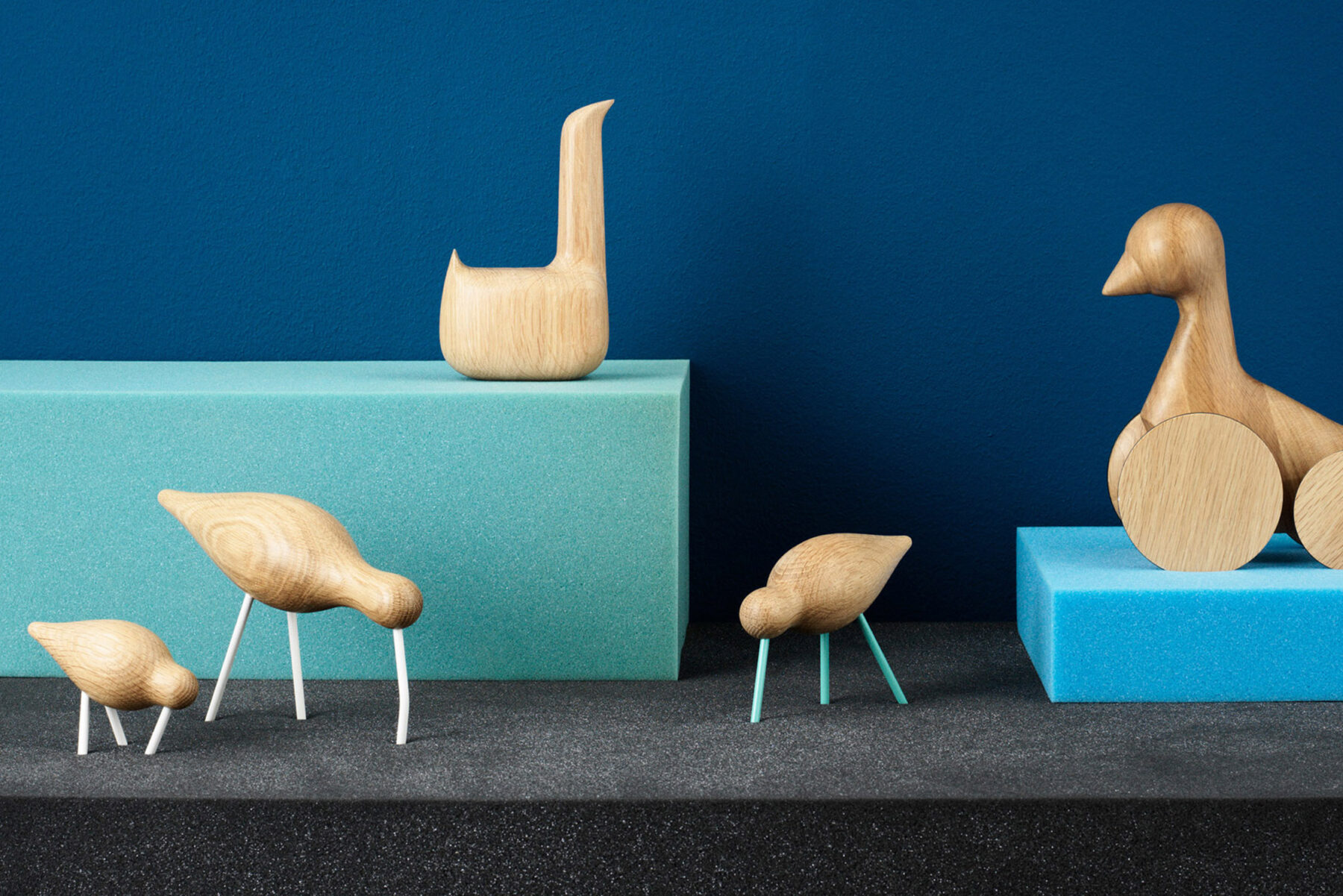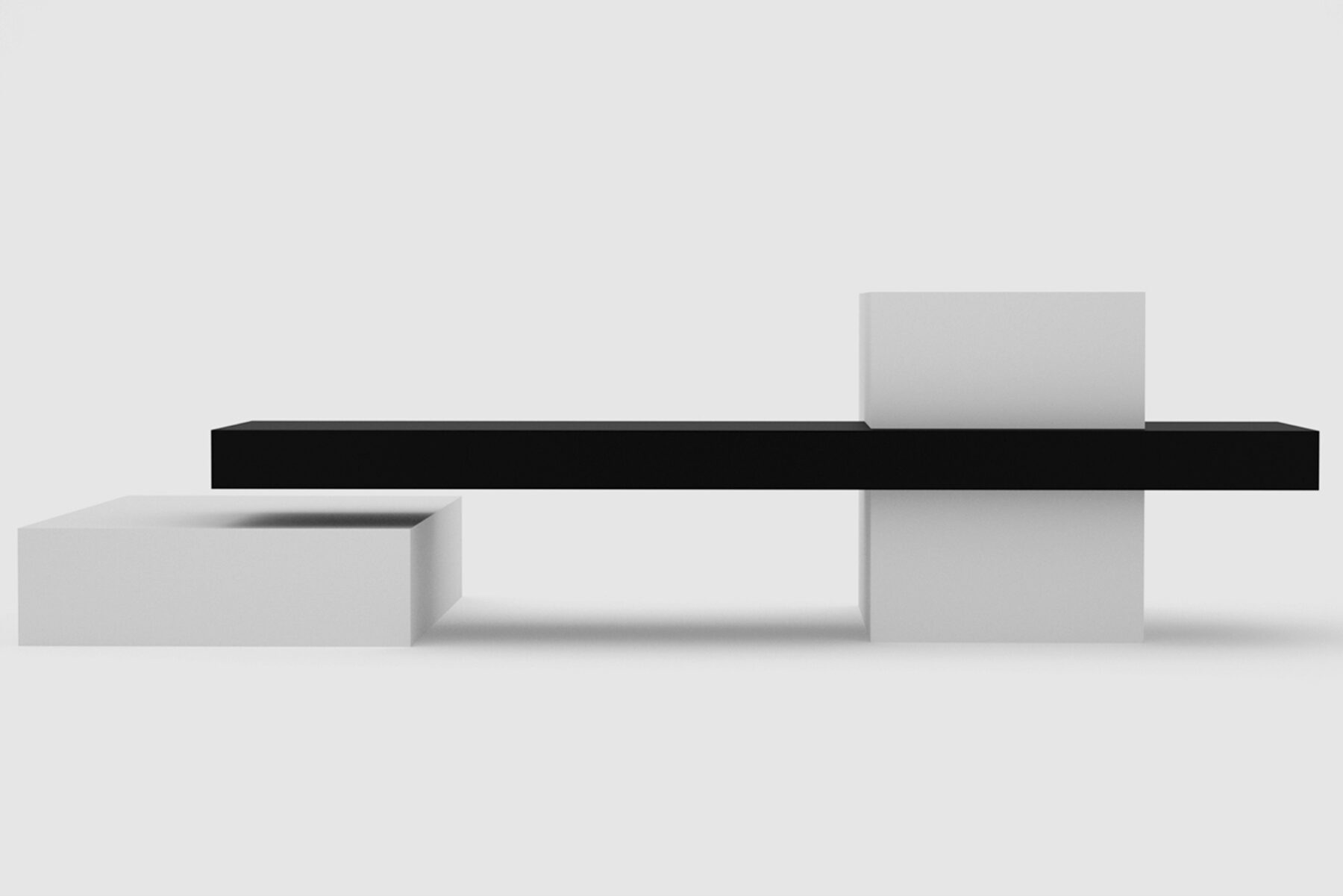The members of design studio Everything Elevated have always preferred to remain anonymous, choosing to push their products instead of their individual identities.
Still, with an acclaimed and growing practice that splits its time between New York and Oslo, it’s getting harder for the two to keep their names out of the spotlight.
Marius Myking and Martin Nichols’s is a studio of contrasts. Here, the frill meets the grit of the city. The pace of a leisurely weekend at a Norwegian cabin meets the tempo of a long New York workday. The precision and personality of the handmade meets the various modes of hypermodern production.
Though their studio sits on the posh Westside of Oslo, the pair prefer instead to retreat into nature when they can. “I love taking New Yorkers to the mountains,” says Marius. “I love putting skis on them and observing what happens next.”
At work, however, they’re all about business—something few Norwegian product designers would dare speak too loudly about—bringing an unapologetic Americanism to their well-honed Nordic design principles. But while Everything Elevated may be introducing a combination of sentiments new to Norwegian design, they don’t want their impact to end there. “I’m usually content for a couple of hours when we achieve a goal, then it’s onto the next thing,” says Martin matter-of-factly. “We don’t want to have any regrets.”
Everything Elevated have designed a juicer for the forward-thinking brand, OTHR. This portrait is part of our ongoing collaboration with OTHR, as we profile their international roster of designers. Visit for OTHR for more on this story and see the beautiful designs they’ve curated.
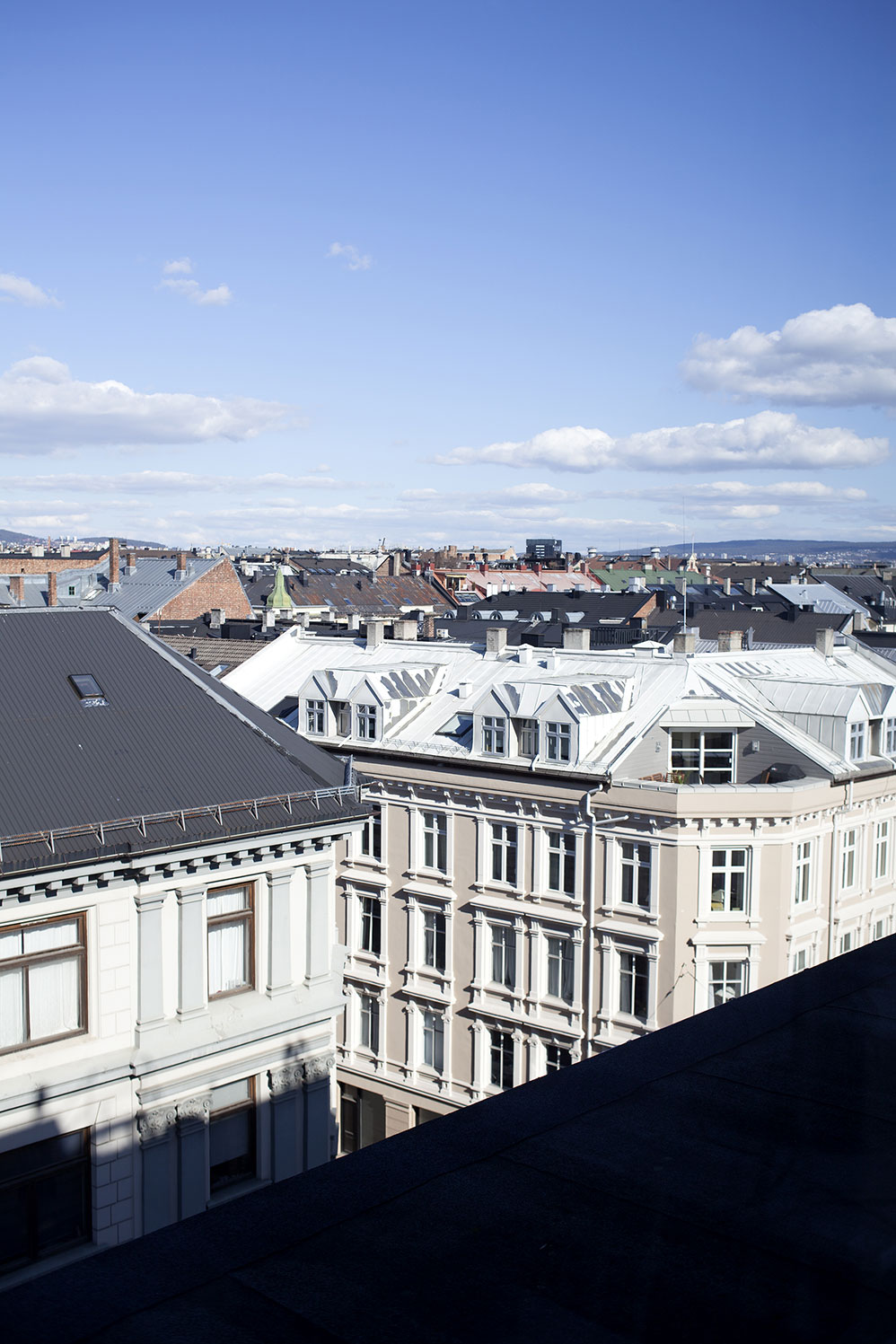
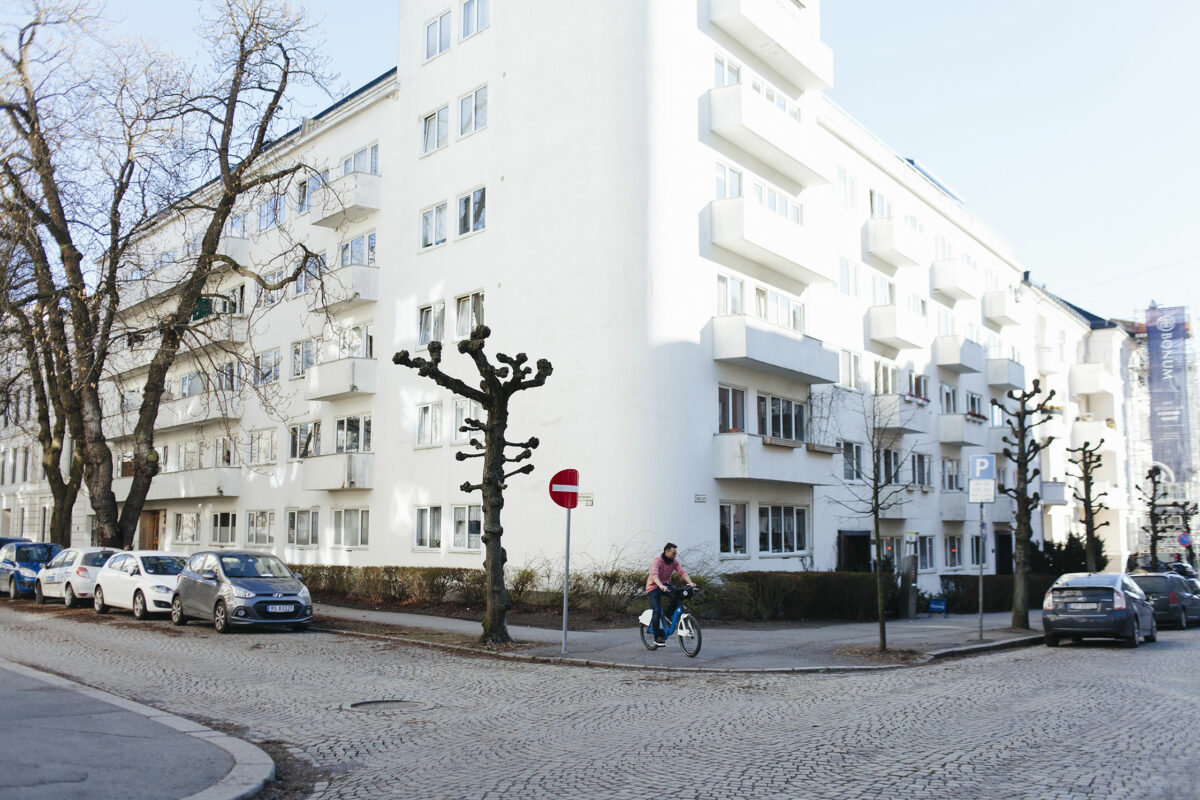
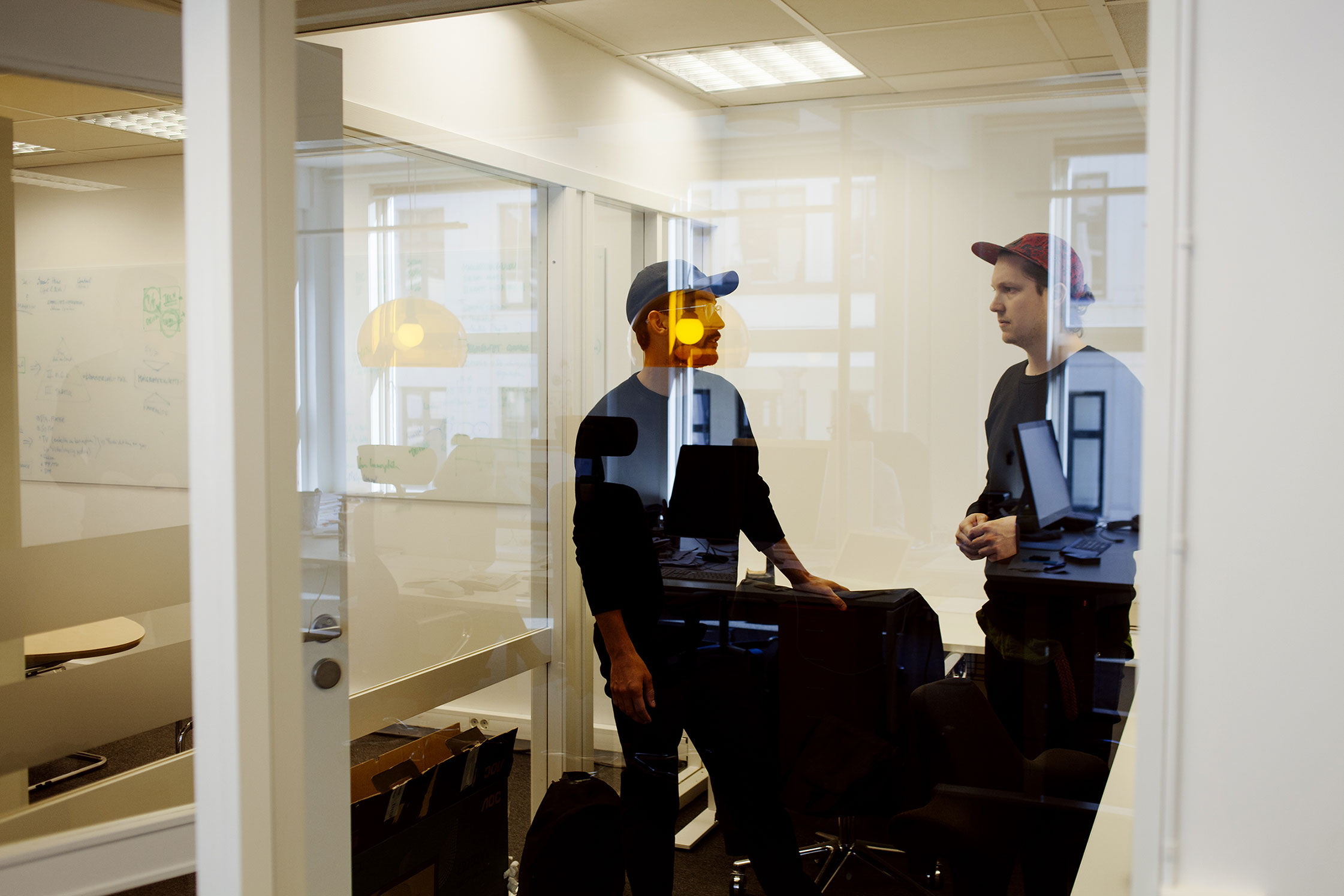
“You are given two different ways of looking at the world when you live in different places.”
-
What’s a typical day like in the Everything Elevated studio?
Marius: We don’t really have a typical day. That can be great and sometimes a bit stressful, in the sense that every day and project is unique. We start every project as if it’s something completely new and unknown to us, and we try to get as deep into the material as we can. It’s great really, that there is no typical Monday, no typical Tuesday, and so on. Our work is project-based and each one is different.
-
Let’s talk a bit about your choice to work as anonymously as possible. Your website contains no info on who Everything Elevated are, and no bio. Why is that?
Marius: It was important that our practice was about the services and the knowledge that we could deliver, and not about where we came from and who we were as people. We think that focus tends to quickly shift to the wrong things otherwise. We wanted to keep it on what we thought was interesting—which was in no way the two of us.
-
You do seem to be drawn to many different types of projects, from exhibition design to more straightforward product design. How does each one come about, and what motivates them?
Marius: Most often, we build a relationship with someone before we build business collaborations. When it comes to making a commitment and starting extended collaborations, you want to work with people you actually like.
Martin: It can be about the values of those people, the chemistry—it can be several things—but for us, it’s important to only work with people who have a similar level of ambition as us, and who want to achieve something new. There needs to be room for us to be a part of that so we can help them reach their goals.
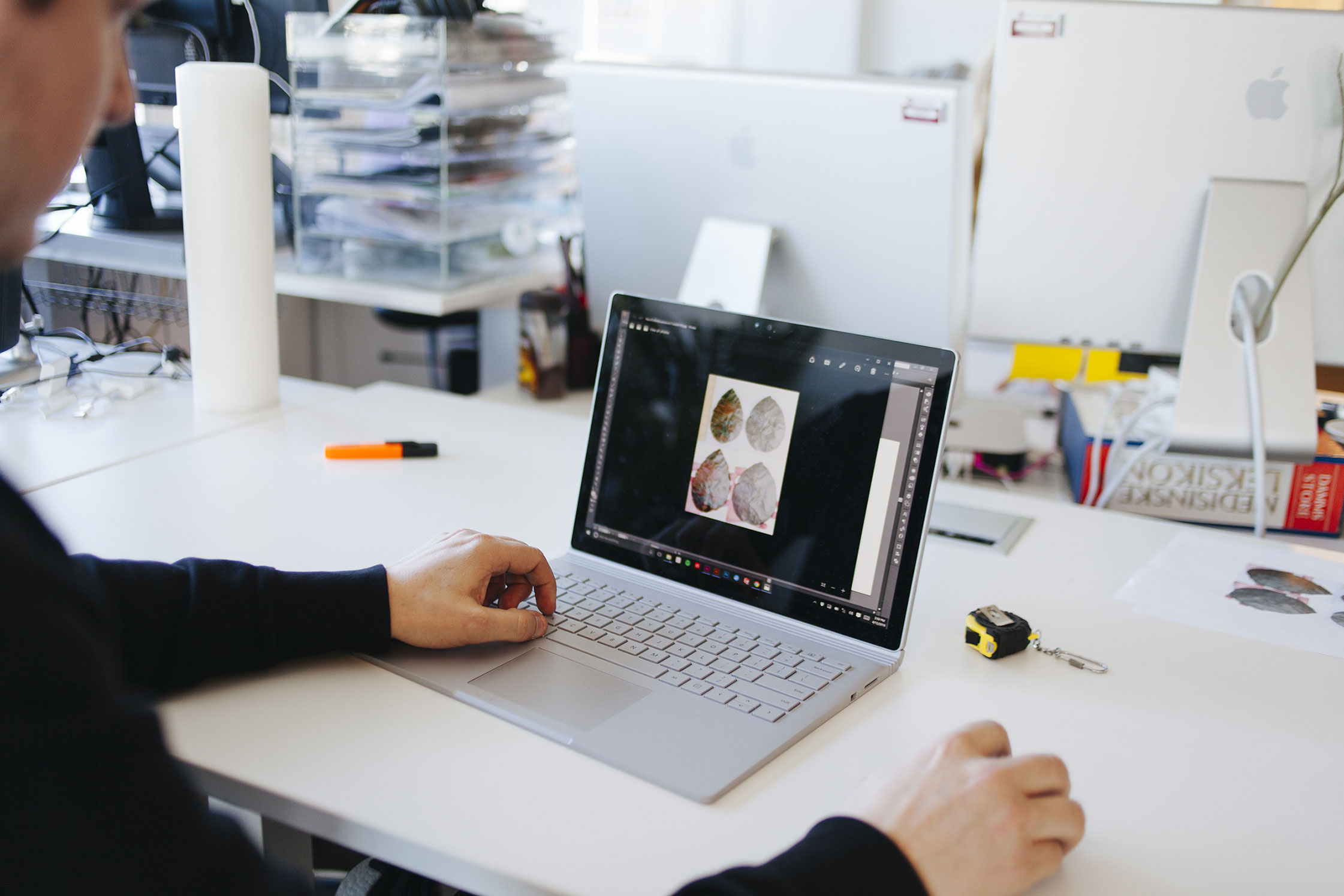
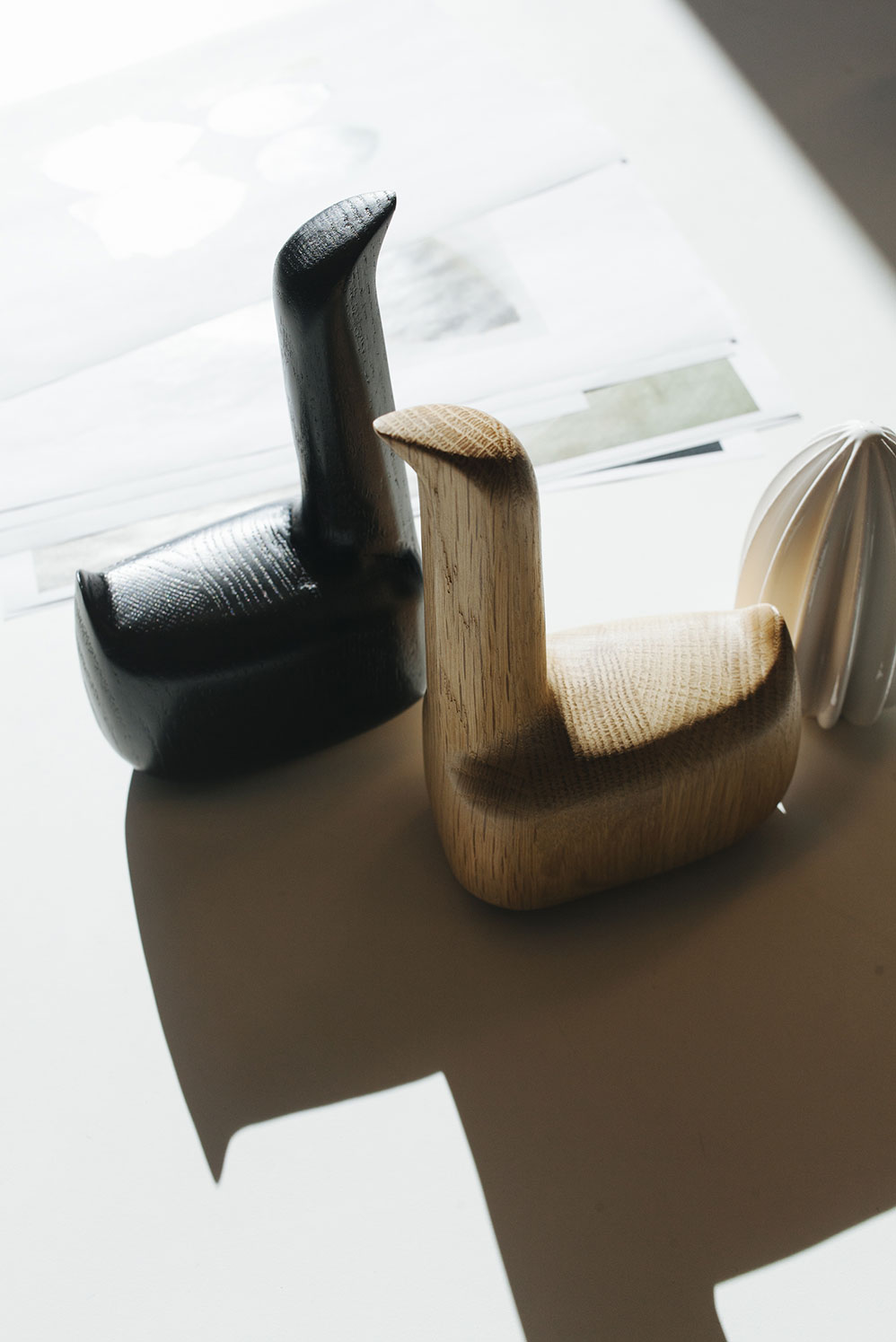
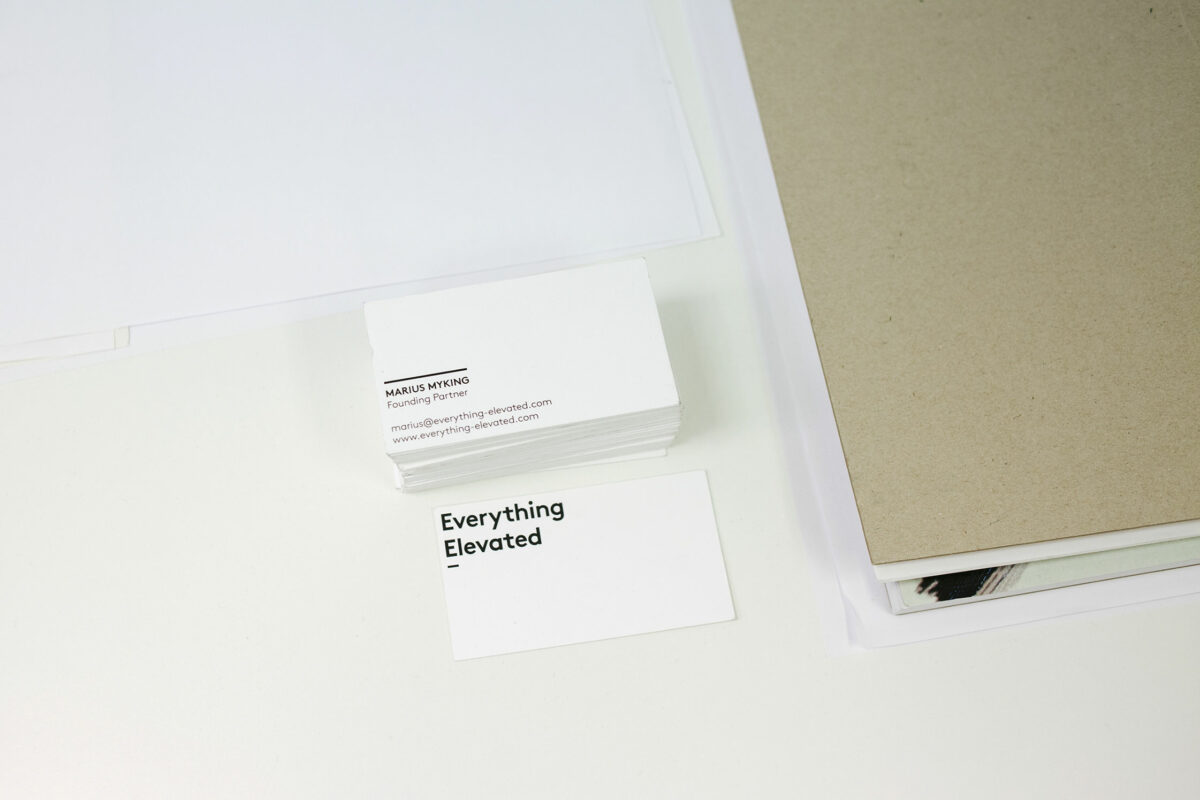
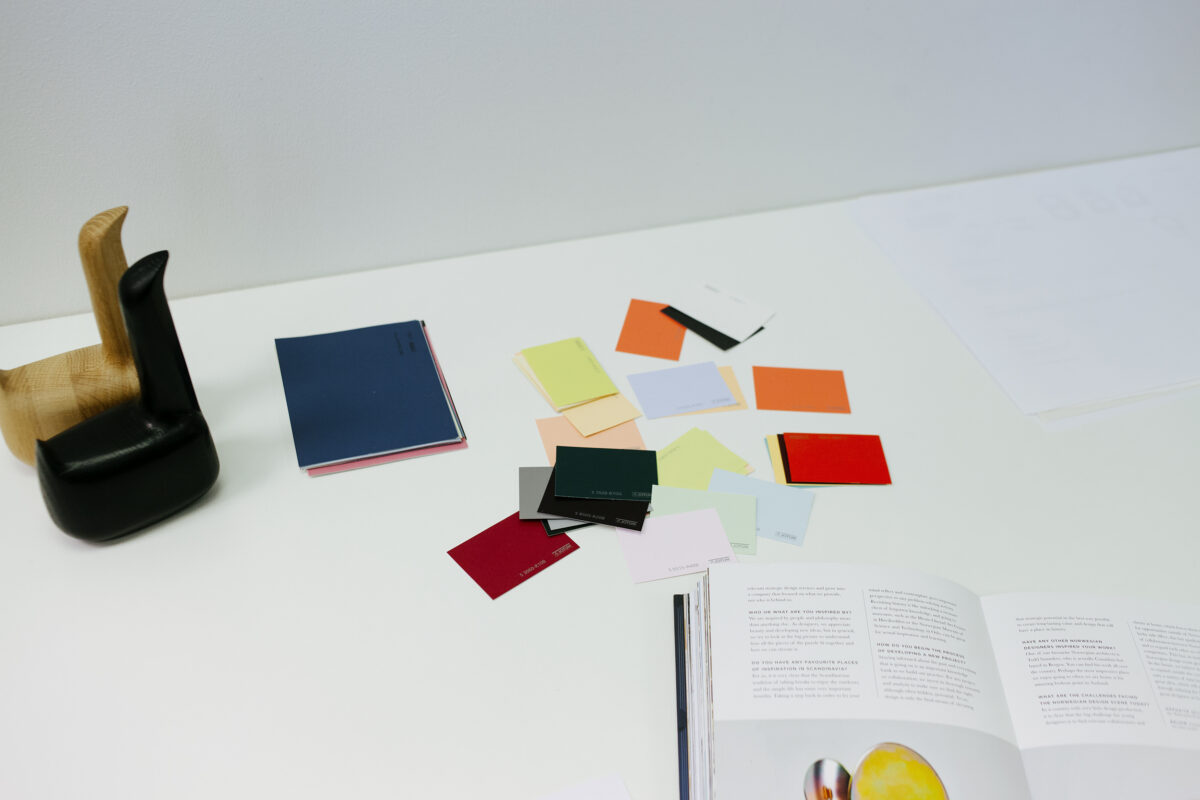
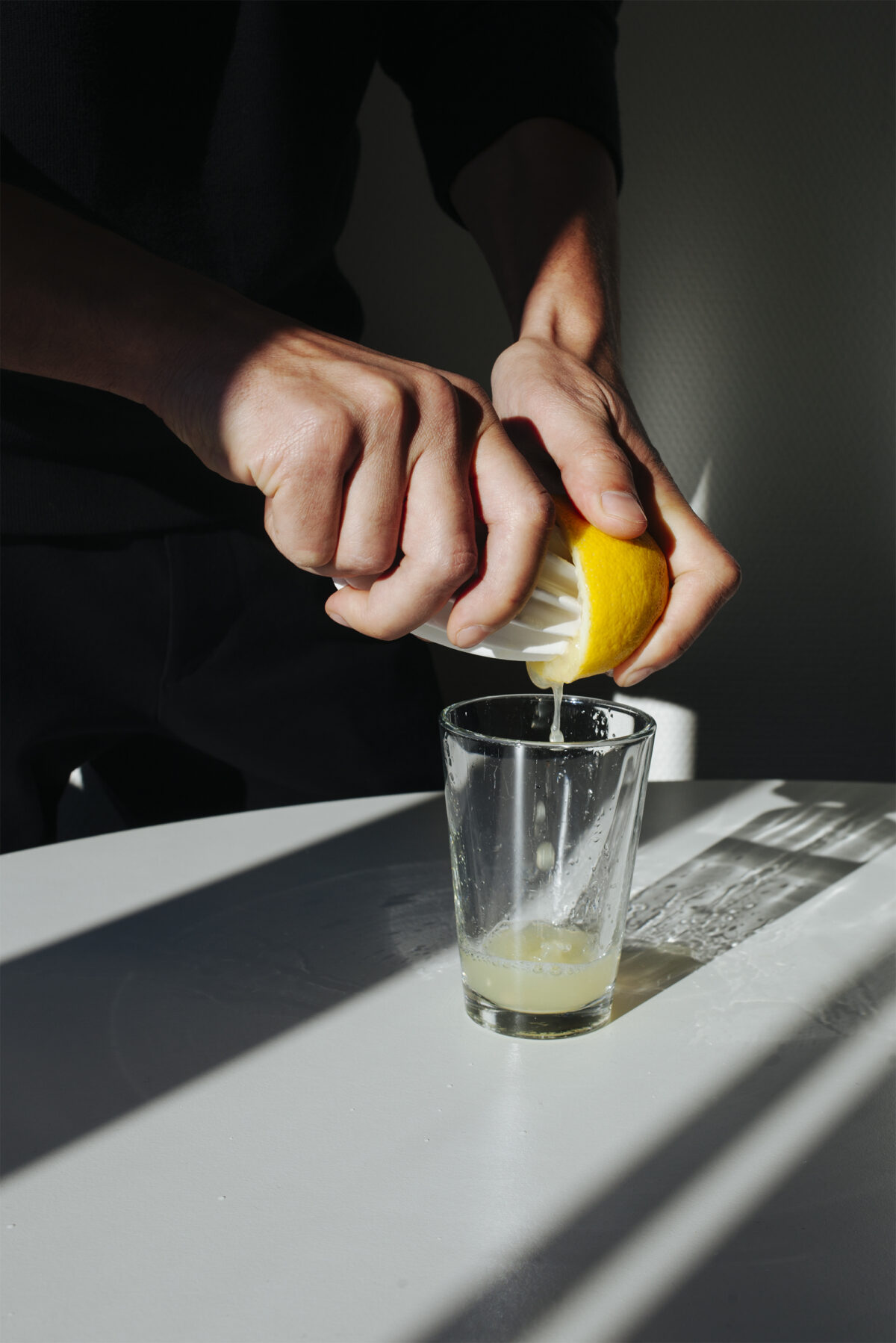
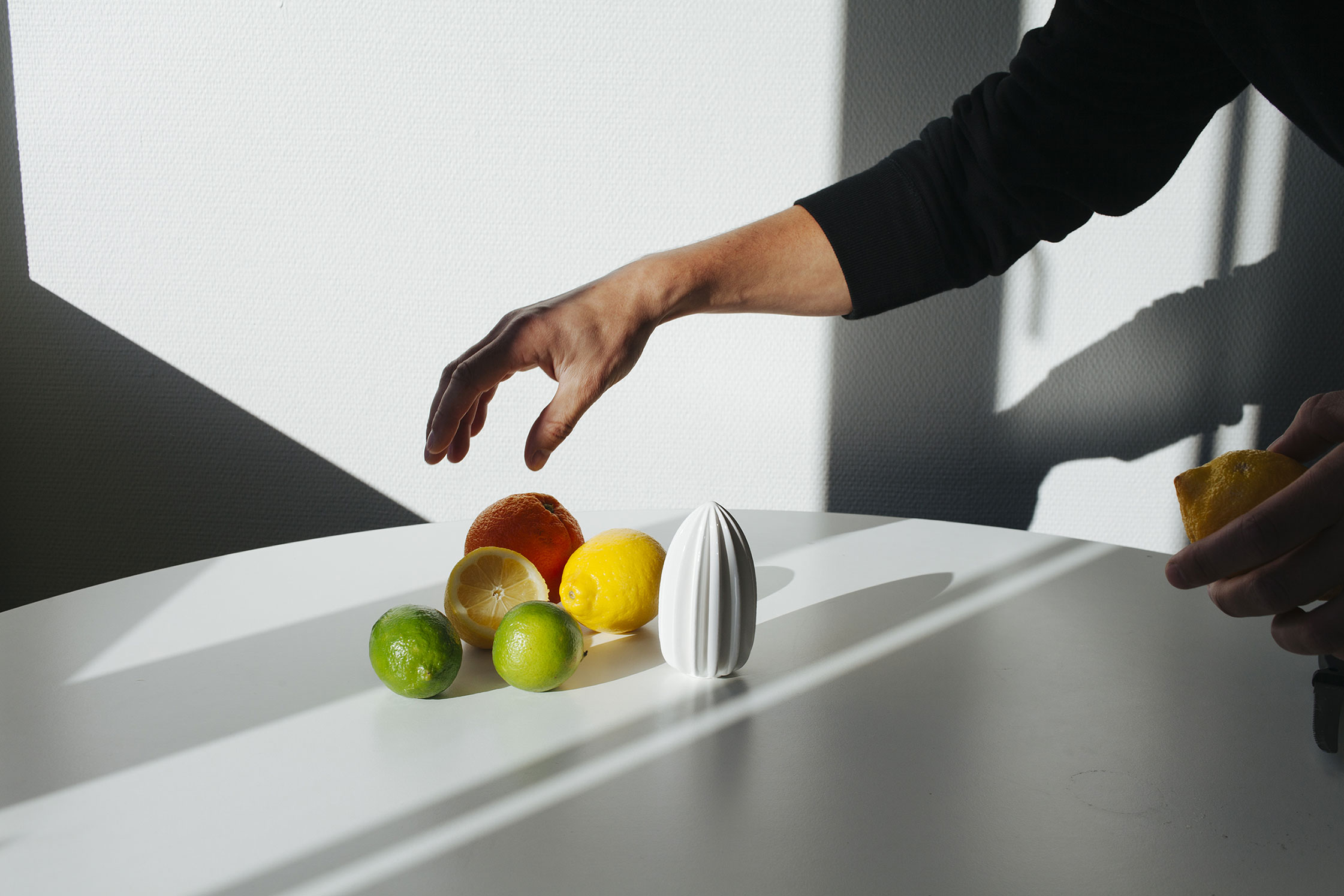
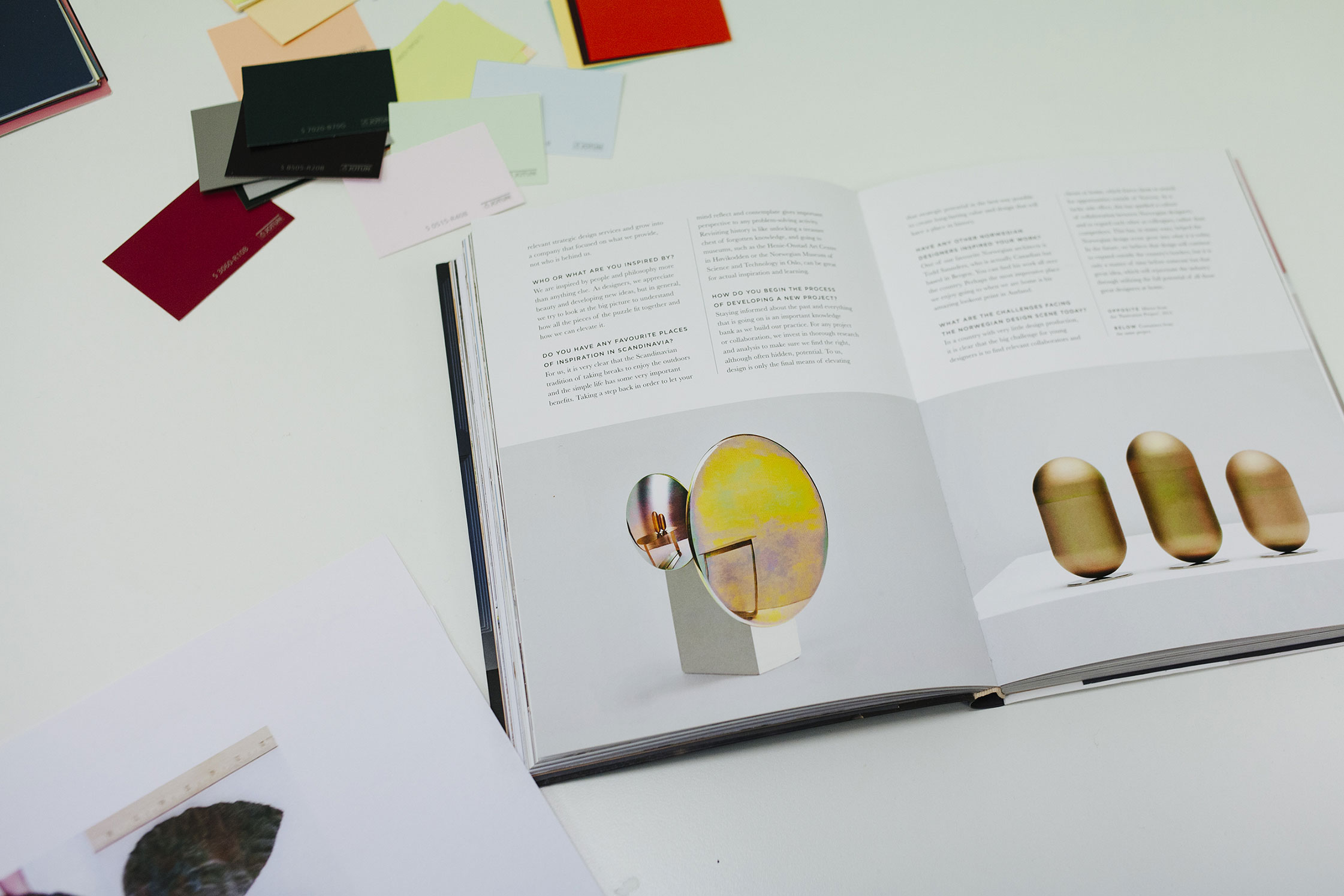
“It’s great really, that there is no typical Monday, no typical Tuesday, and so on.”
-
What is your level of ambition? Can you expand on that?
Marius: Ambition levels can be quite personal, in the sense that ambition can mean different things to different people. We want to be able to practice design on the highest level and take part in even more interesting and challenging projects. That is what it boils down to. We want to see how far we can stretch our potential. We don’t want to look back and say we didn’t try hard enough.
-
You’re split between Oslo and New York. Are there ways in which this situation has influenced your work or your products?
Martin: Definitely there are, both in the way we work, and also in regards to what inspires us. You are given two different ways of looking at the world when you live in different places.
Marius: We try to take the best from the two worlds. We have a solid Scandinavian design background, and we’ve learned more about strategy and how to work in a large market from spending time in the States. It’s affected how we work—we spend more time getting into the essence of the projects we work on. When we’ve found the best way of carrying them out, that’s when the actual process of designing starts. From our experience, the more thorough that part is, the easier the actual design work becomes.
-
Can you tell us a bit about Frogner, the area where your studio is located?
Martin: We’re not quite Frogner people. But it’s an amazing area to work in. It’s quiet and calm here, and there is a lot of history in these buildings. A lot of the older architecture here is very nice and it’s a great contrast being here after New York. It all feels very typical Norwegian, which is a nice readjustment.
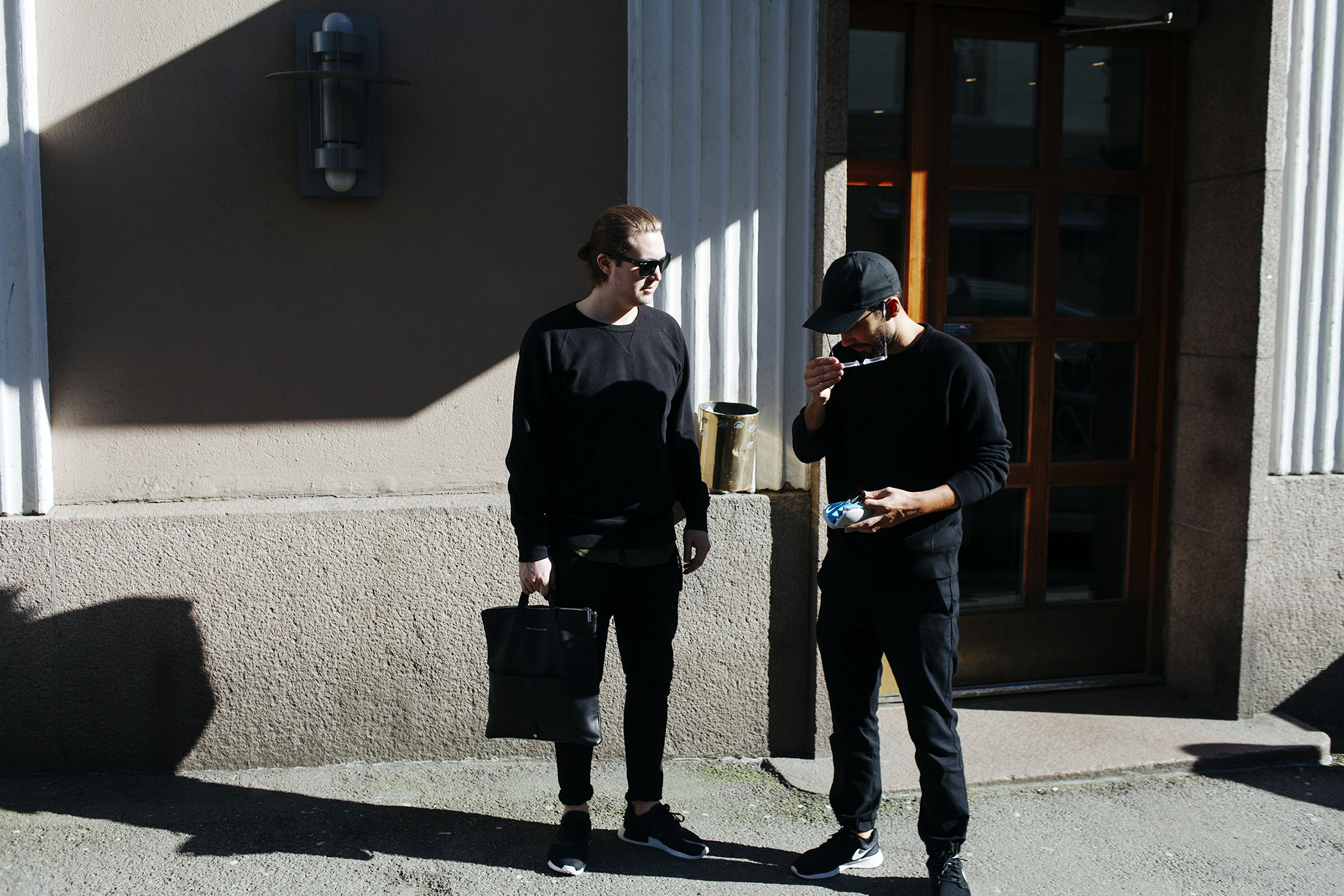
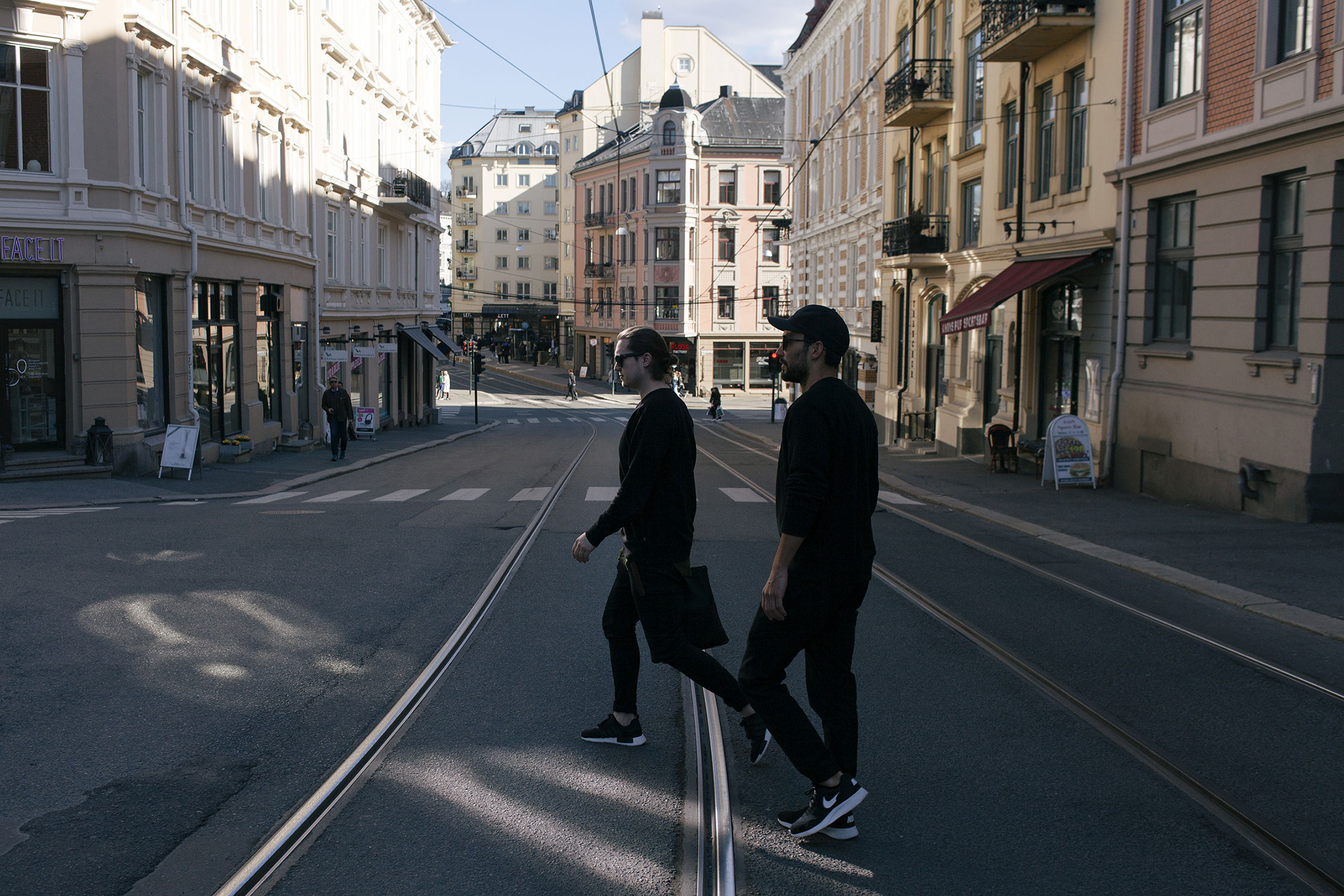
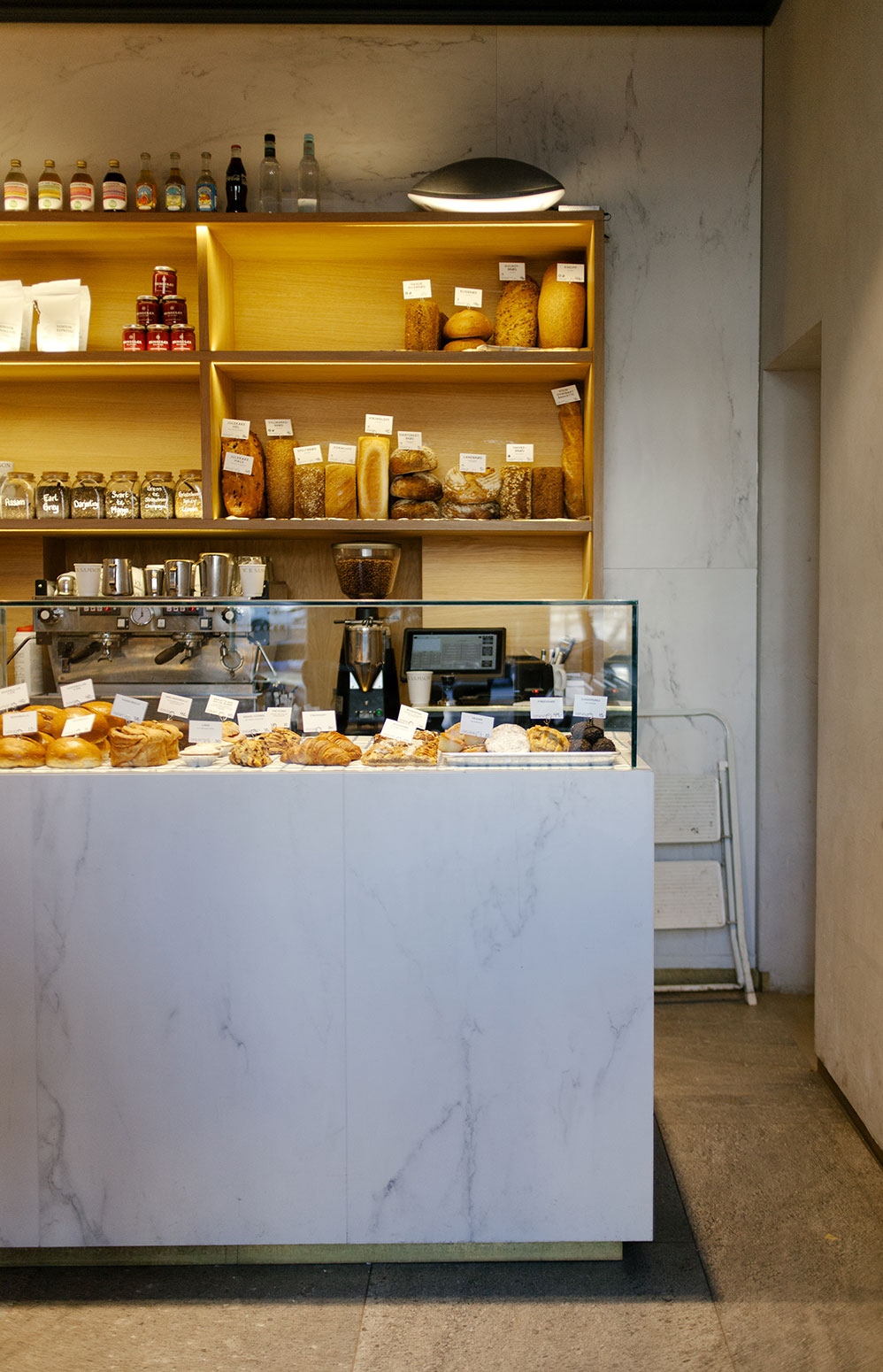
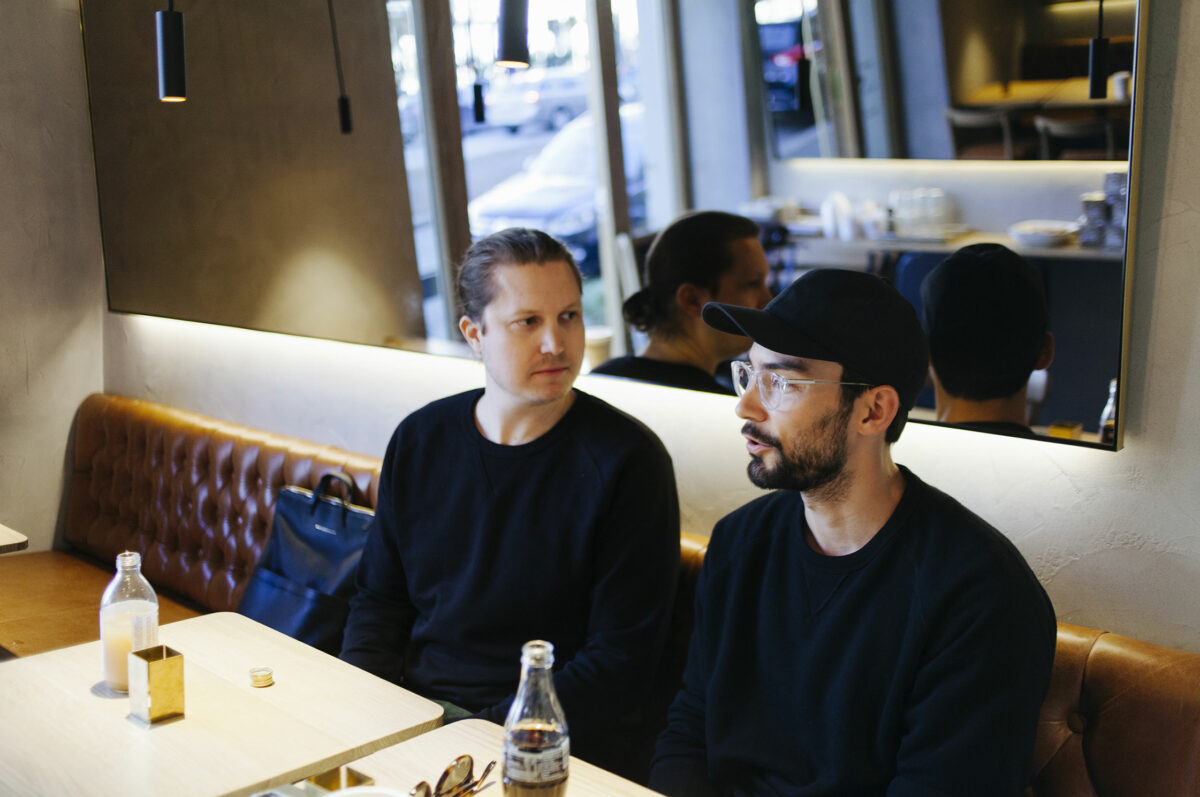
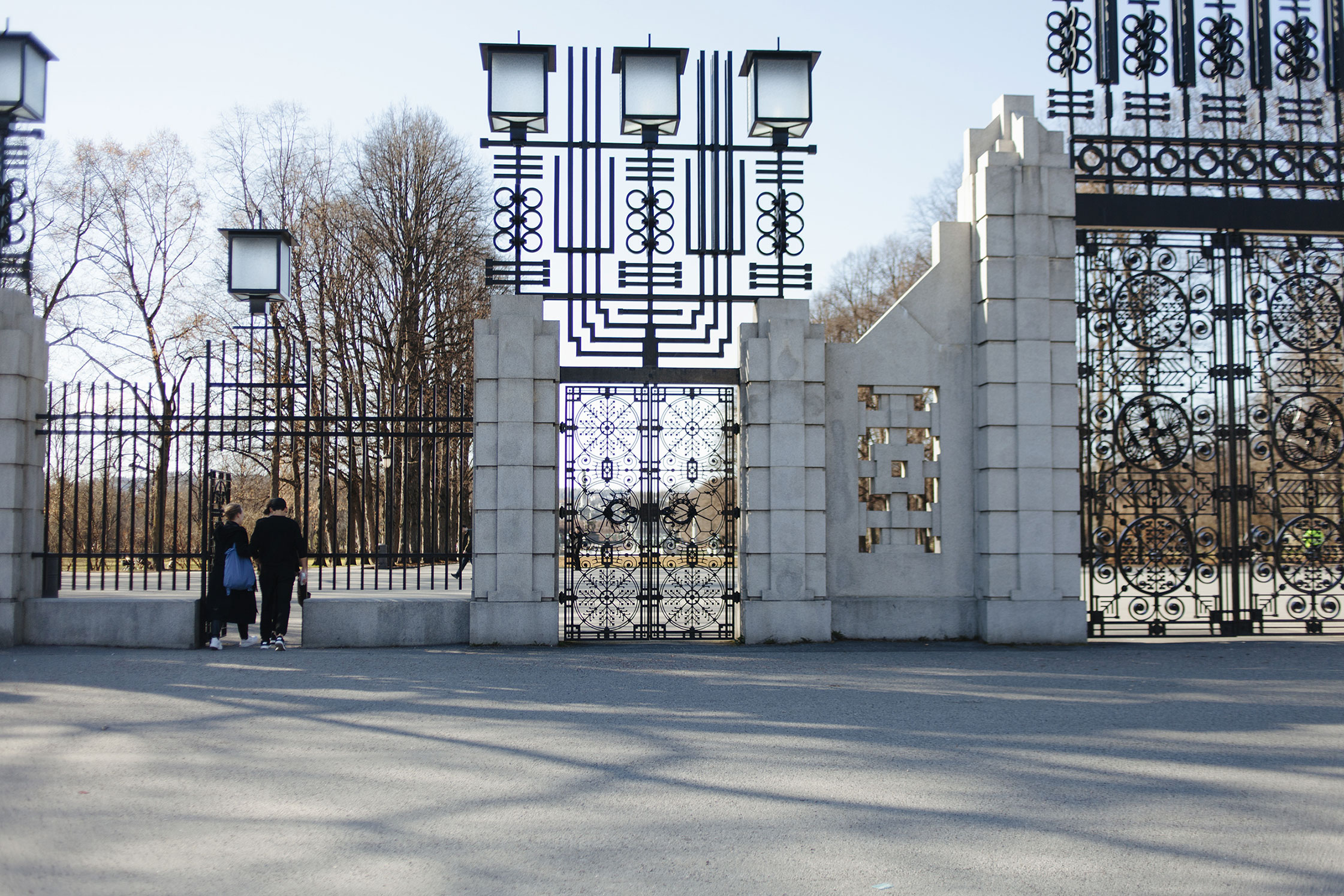
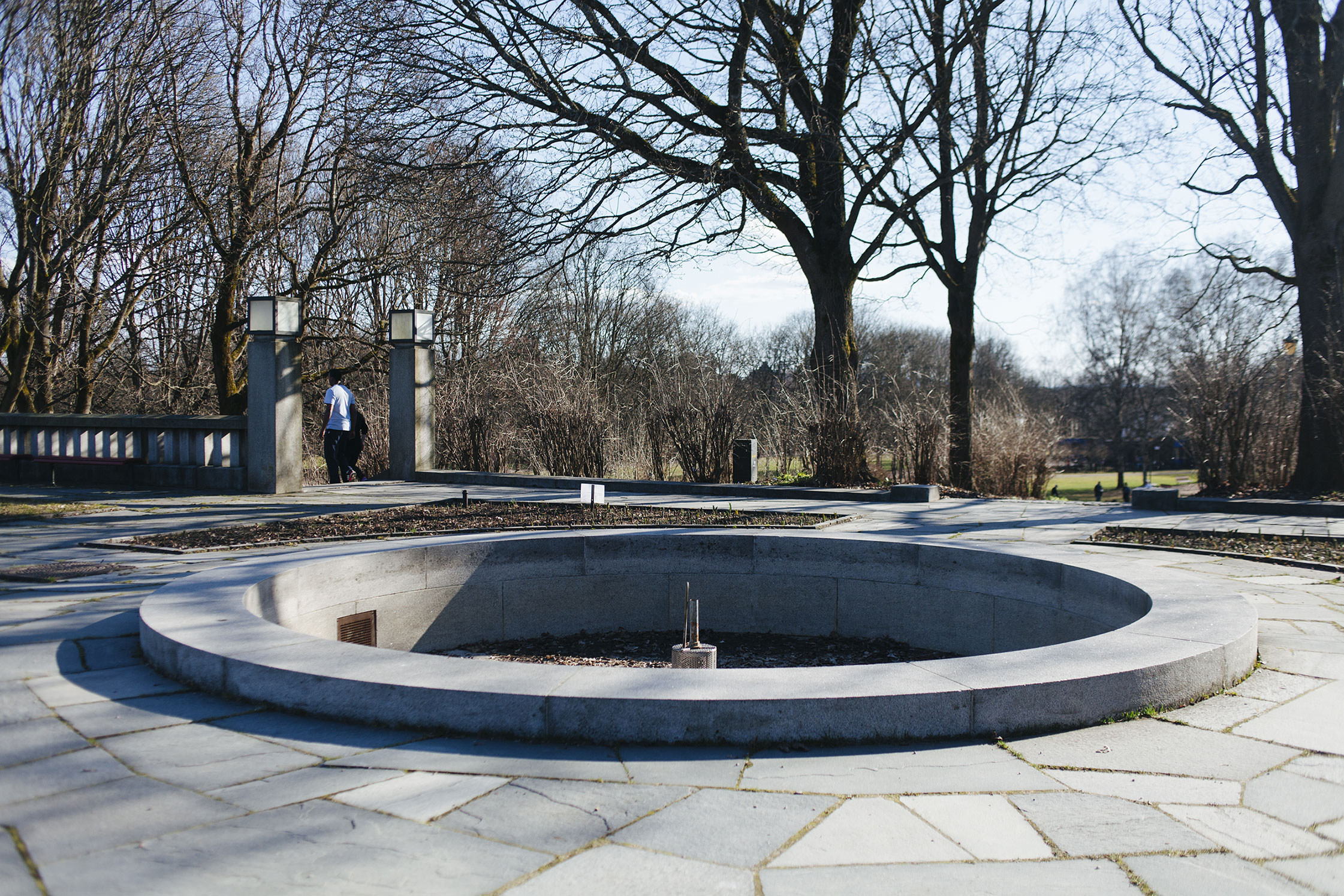
“It was important that our practice was about the services and the knowledge that we could deliver, and not about where we came from and who we were as people.”
-
Are there any cafés you like to visit for a lunch break around here?
Martin: There is W.B. Samson, which is an Oslo-based chain of bakeries. They have several locations, one here in Frogner and also one at Grünerløkka, among other places. The format here at Frogner is really nice. It’s very intimate and tastefully executed, from the overall design down to the minor details, without being ‘over-done’.
We miss Norwegian baked goods when we’re in New York. The yeast bread and buns—you just can’t get that in New York. You can’t explain this type of baked good to the Americans. The standard of the bread and the buns in Norway is one of a kind.
-
Where do you go to be inspired—or just to relax—in Oslo?
Martin: The Norwegian Museum of Science and Technology is one place we like to go. There, you look at things from an elementary point of view. It’s an interest we have—everything from engineering to inventions. Learning new things is important for us to continue moving forward.
Here in Oslo, there’s a different climate, a different tempo in general. You breathe a little bit deeper. Especially when you look at it in contrast to New York with the long working days. You don’t really have any breaks. Then you come home, and it feels good to be here. It’s nice to have those contrasts. You get to use different parts of yourself. Here, the proximity to nature and to the sea is really great. It’s a way to calm down, to not be as self-conscious and ease down on the stress level. I’m personally really fond of biking in the forest and skiing in the winter. I have a cabin 45 minutes outside of Oslo, just by the water’s edge. Those things are important.
Marius: The cabin life is something we don’t have enough of. I think it’s amazing to get out of the city and into the mountains. My family has a cabin on Hallingskarvet where you can ski in the winter and go hiking in the summer. You see the fjords and Norwegian nature in a whole new way when you’ve been away for a while.
-
How do you see design evolving here in Norway?
Marius: The field has grown quite a lot the last couple of years. To some extent, we’ve been a part of it. You can understand that it’s been demanding for young Norwegian designers to create a value system that works for them. There is so little production in Norway, and part of what we do is to try and find a way to make a business out of design. In the long run, we hope to be a part of pushing Norwegian design forward. Our opinion is that for design to survive and really hold value, you need to be able to make a living from it. Which is probably an American way of looking at things.
Martin: We’ve tried to do our part in creating interest for Norwegian design in New York and the States. We’re very proud to be a part of this design field. We have some predecessors, as well, who have done a lot, and we hope we have contributed in our own way.
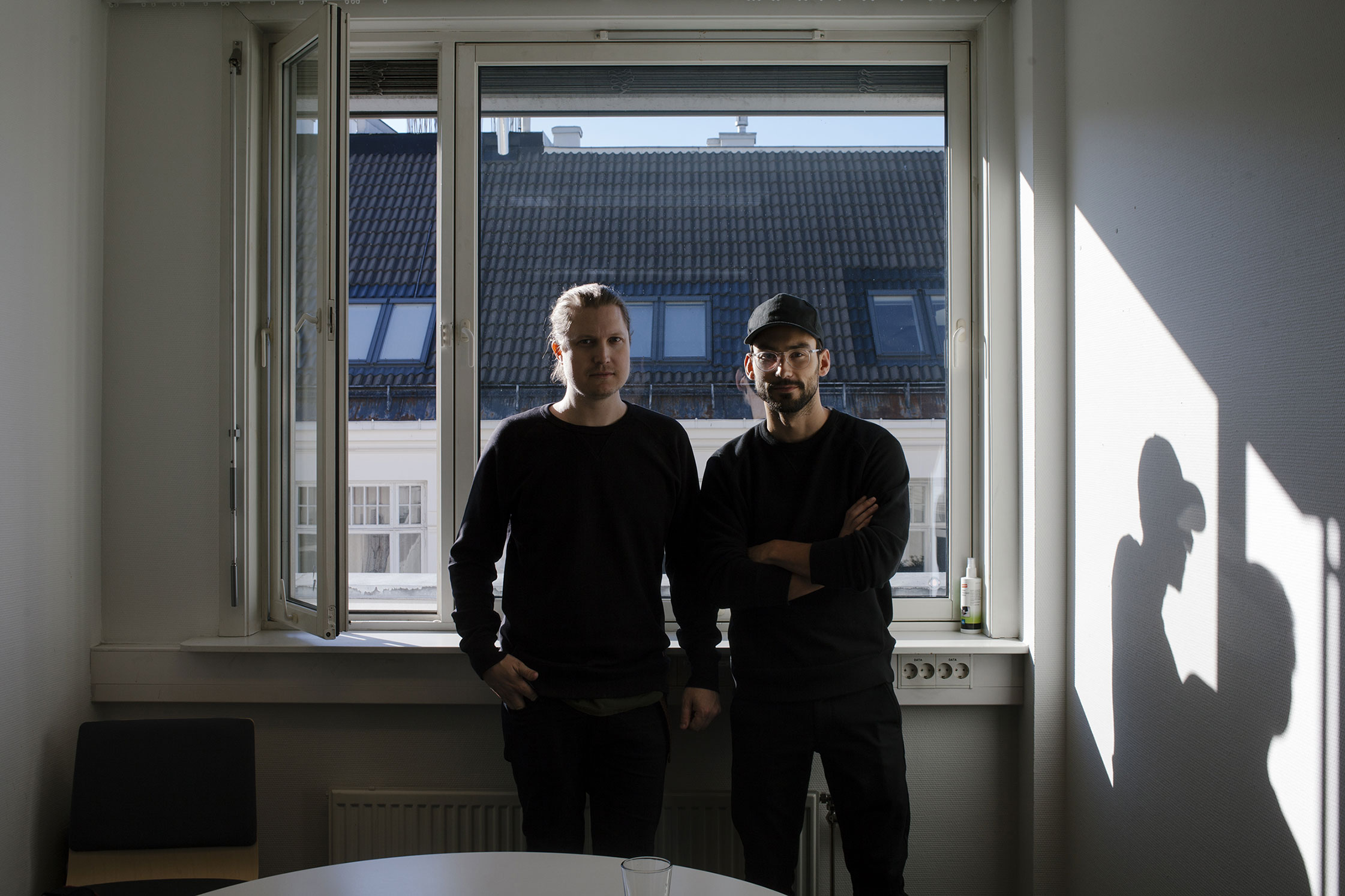
Thank you, Marius and Martin, for your time and hospitality. See more from Everything Elevated on their website.
Text: Kristina Ketola Bore
Photography: Sigrid Bjorbekkmo
